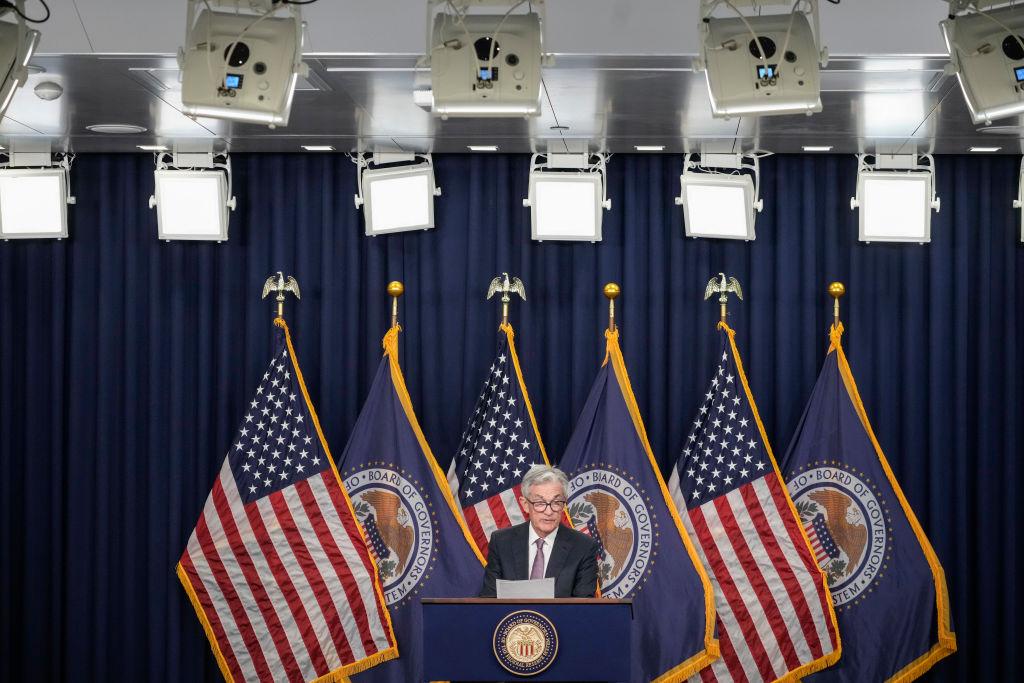With the latest economic data pointing to a decline in overall annual inflation, debates will intensify within the Federal Reserve on how to move forward with its interest rate hikes.
The 12-month Consumer Price Index (CPI) has remained above 7 percent every month since the beginning of the year. The Fed has pushed up its benchmark interest rate from 0.25 percent in January to a range of 3.75–4.0 percent by November through six straight rate increases, including four hikes of 75 basis points. The November CPI came in at 7.1 percent, down from the peak of 9.1 percent in June. The Fed is currently engaged in its two-day December meeting that began Tuesday in Washington.





